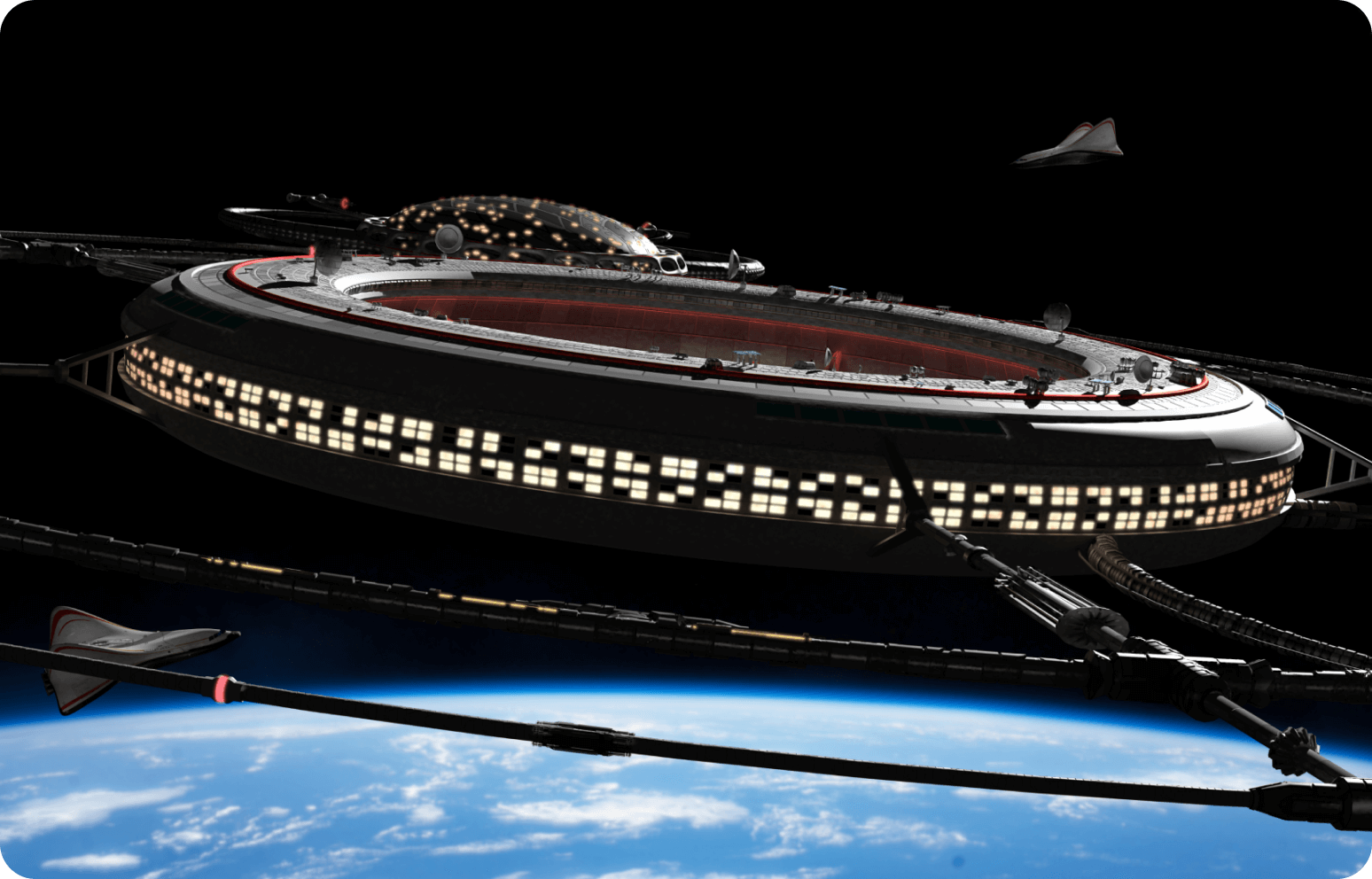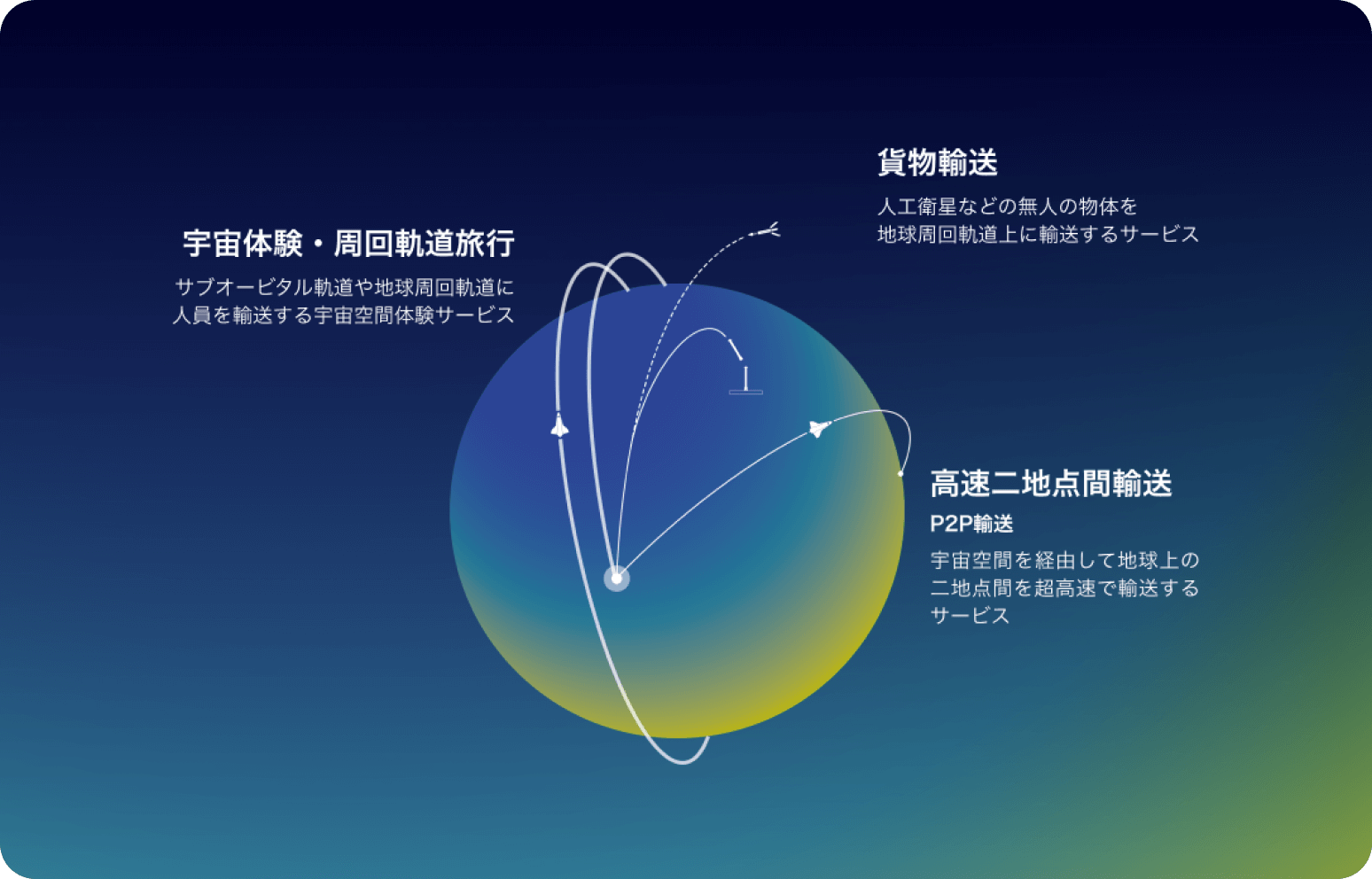A high-frequency transport system for people and goods cannot be achieved by developing only a high-frequency single-stage transport aircraft. It is necessary to have a safe launch and landing range itself and a ground platform to manage and control the launch and landing, and to smoothly inspect, maintain, and re-launch the transport aircraft.
Repeated launch experiments are enormously costly and time-consuming in research and development related to new transport concepts. By combining simulations using computing power and data that can be obtained from experiments, we aim to create an efficient R&D system similar to agile development in the construction of IT systems.
In the manufacturing phase of the transporter, we are also considering a system in which the R&D team and the manufacturing team and suppliers can constantly share information to ensure efficient and fast manufacturing, including the establishment of a more efficient supply chain and improvement feedback based on data obtainable from the components.
To realize these goals, we believe it is necessary to bring together the wisdom and experience not only of engineers who have built their careers in the aerospace industry, but also of various manufacturing and IT industries, and to foster a corporate culture that is not bound by conventional wisdom.



